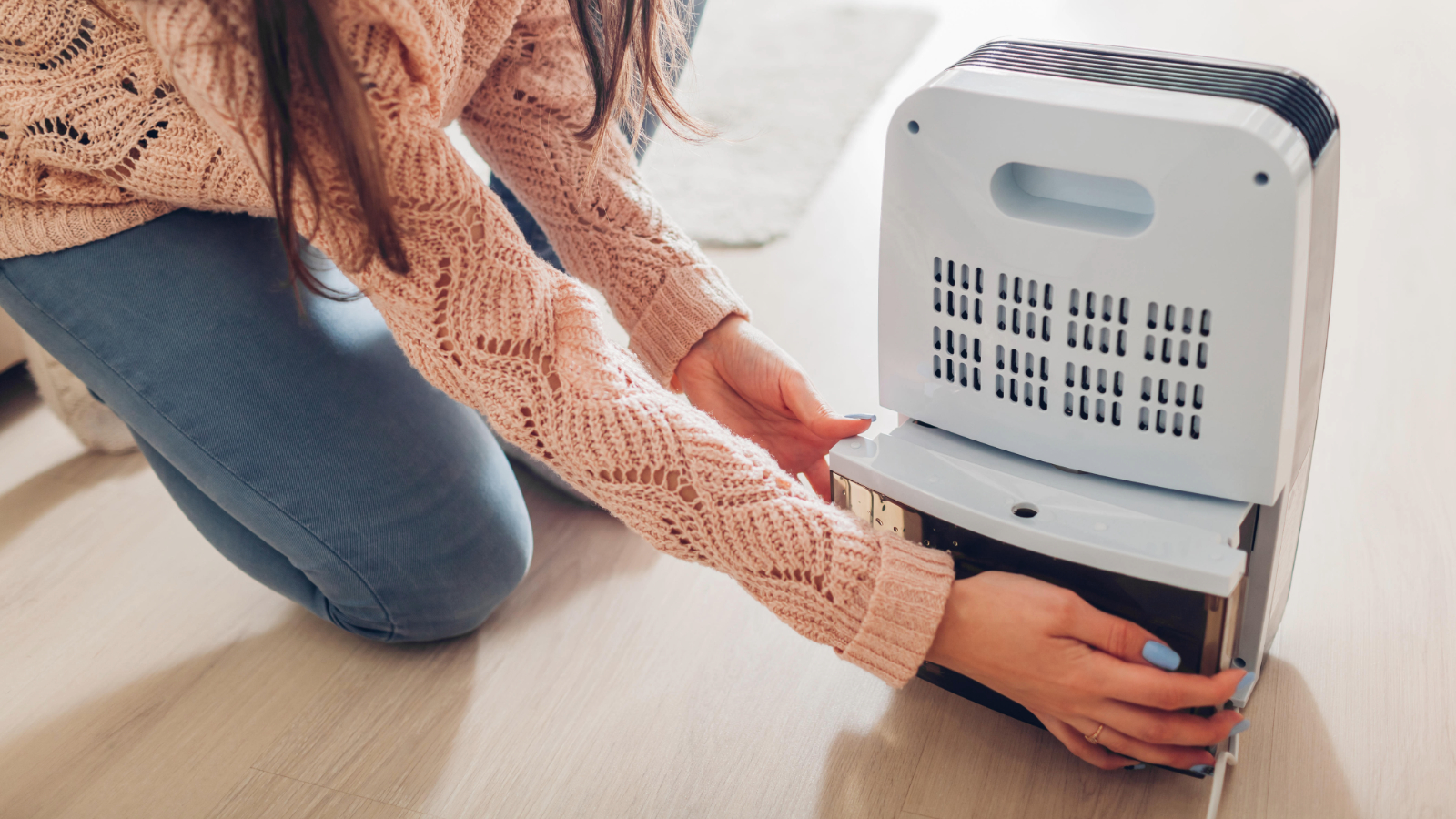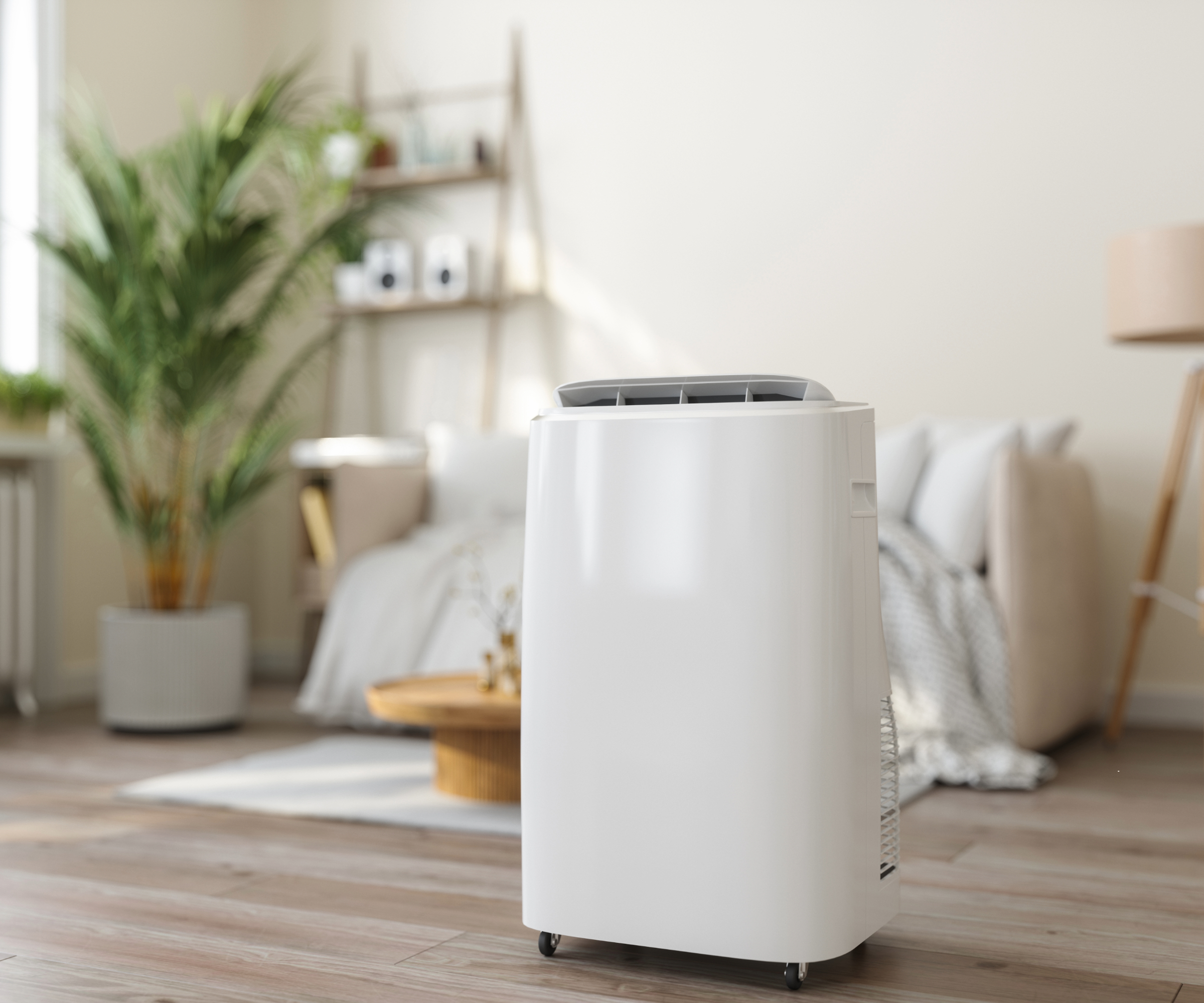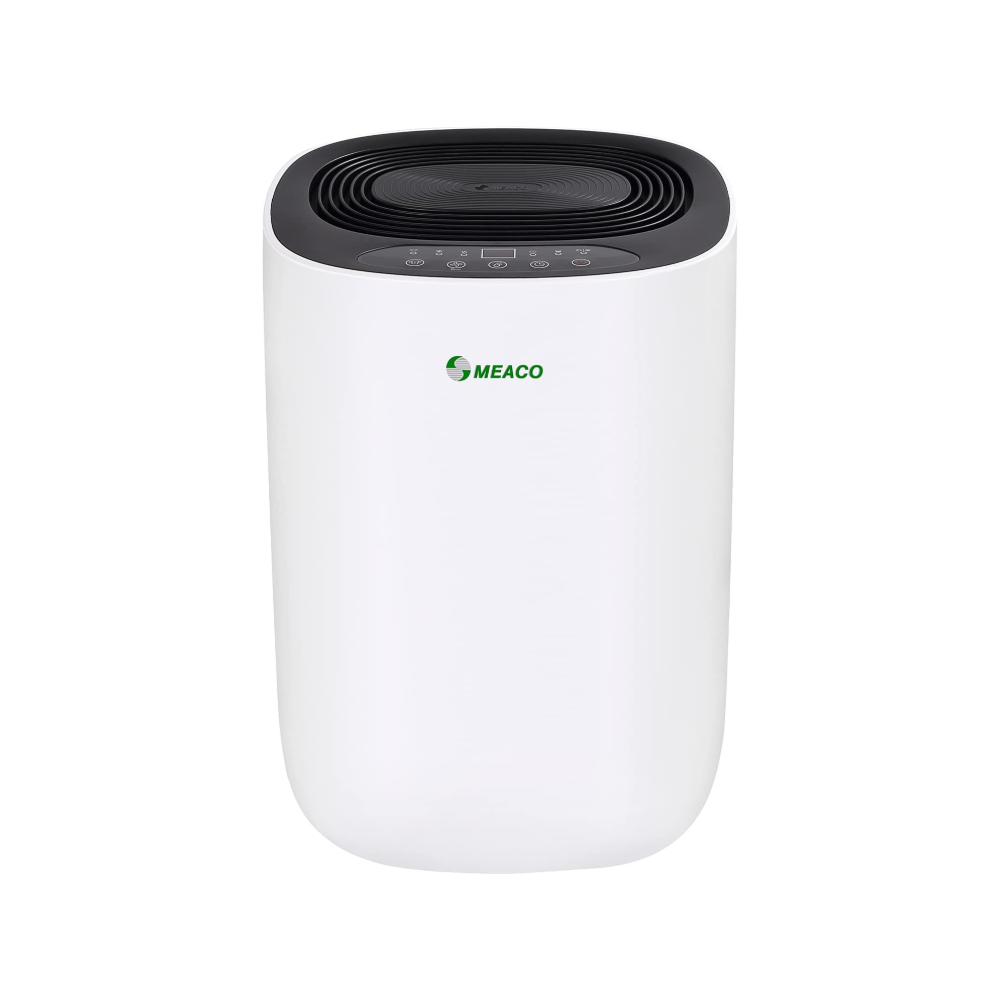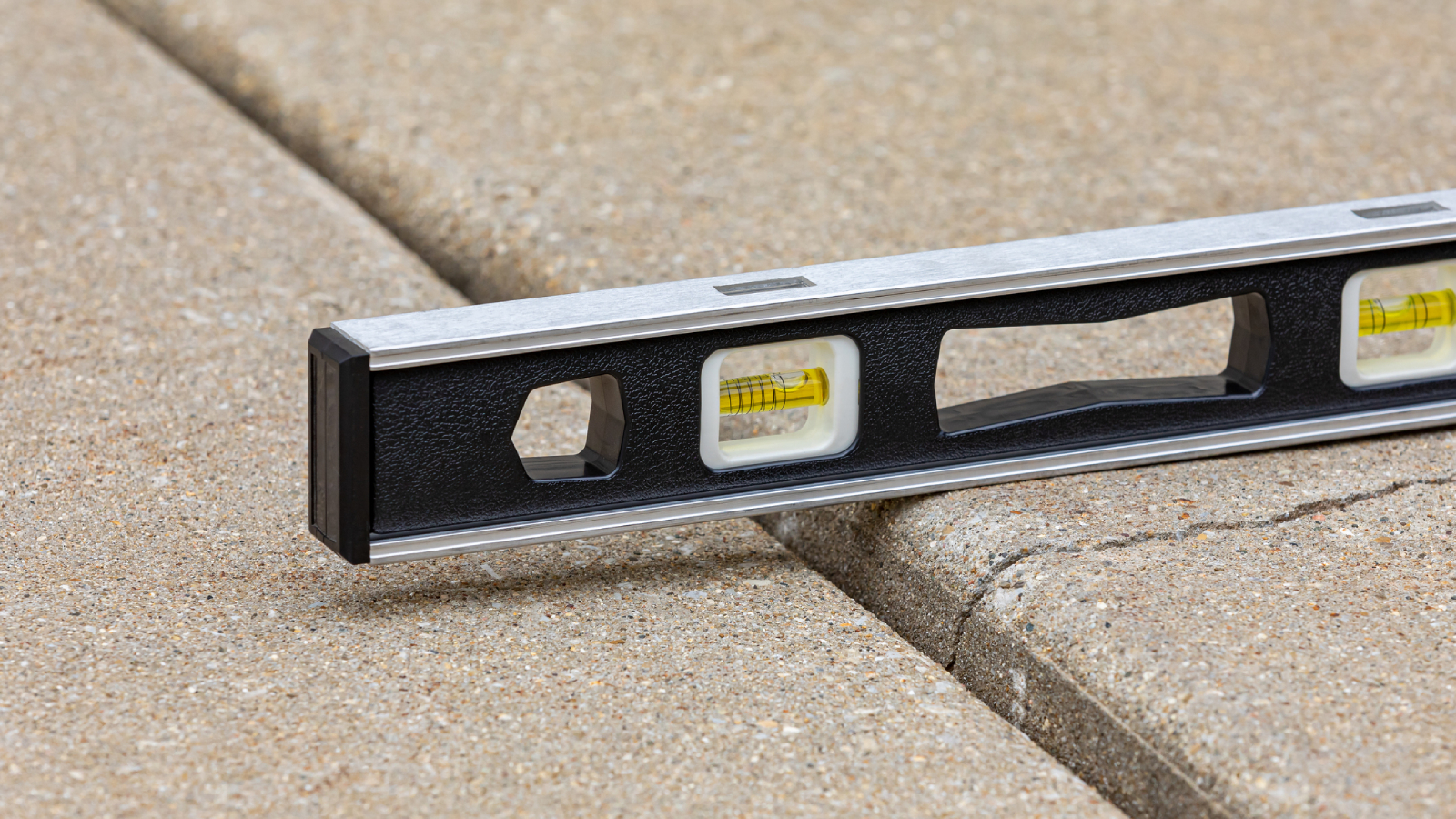Why is my dehumidifier freezing up? Experts share 2 causes and how to prevent it
Find out why your dehumidifier keeps freezing up, with advice from the experts

Have you noticed your dehumidifier freezing up? If so, this isn’t something you should ignore, as it could indicate a problem with your device or that it's placed in an unsuitable environment that needs to be addressed.
A frozen unit has to work much harder to filter your air, which can cause it to overheat or burn out – potentially leading to a broken dehumidifier. Since it won’t be able to remove moisture from the air effectively, you’ll also waste energy and still have excess humidity in your room, so it’s best to get the problem sorted as soon as possible.
To learn why your dehumidifier is freezing up, keep reading. Our experts explain two common causes of this issue, what you can do to prevent it from icing up in the first place, and how to fix it if it happens.
Why is my dehumidifier freezing up?
There are two common reasons why your dehumidifier might be freezing up:
1. You've chosen the wrong dehumidifier
If you’re using a compressor dehumidifier in temperatures below 15°C, it’s highly likely to freeze up. Since this model uses a refrigerant, it will enter defrost mode if the coils get too cold – just like a fridge.
It will also spend more time defrosting than dehumidifying the air, reducing efficiency and wasting energy. Prolonged freezing could also damage your unit, which is why it’s important to choose a dehumidifier designed for cold rooms.
Katie Lilywhite, Category Buyer at AO says, “Most compressor dehumidifiers will struggle when the air temperature dips below 15°C as the moisture can freeze on the coils instead of dripping into its water tank."
Bring your dream home to life with expert advice, how to guides and design inspiration. Sign up for our newsletter and get two free tickets to a Homebuilding & Renovating Show near you.
2. There's poor airflow
Dehumidifiers can also freeze up due to poor airflow, such as a vent that’s blocked with dust or debris, or if the unit is placed too close to a wall or object. That's one of the reasons it's so important to regularly clean your dehumidifier.
When airflow is restricted, the coils don’t get enough warm air passing over them, making them colder than they should be and leading to a build-up of cold spots and ice. This ice can further restrict airflow, worsening the situation and reducing the unit’s efficiency.


Katie Lilywhite is a category buyer at AO.com with expertise across various appliances, like dehumidifiers.
How do I stop my dehumidifier from icing up?
To stop your dehumidifier from icing up in the first place, Katie Lilywhite says that choosing the right model is key. If you plan to use it in a cold room, such as an unheated garage or basement, then a desiccant dehumidifier is your best bet, as compressor models don’t work well in low temperatures.
To ensure your unit gets enough air circulation, move it away from walls and furniture to give it plenty of space to breathe.
Regularly cleaning your dehumidifier is another way to prevent restricted airflow, as Katie previously explained. Not only will this stop ice from forming, but proper maintenance will also extend the lifespan of your unit, improve its efficiency, and prevent mould and bacteria from developing inside.
Laura Bradbury, Head of eCommerce at Vonhaus, adds, "Many models have an automatic defrost setting that pauses operation until the ice melts, so the unit can get back to work safely without damage.”

Laura Bradbury is Head of eCommerce at online homeware and garden retailer Vonhaus.
How to fix a frozen dehumidifier
If you've noticed a little bit of frost on your dehumidifier, Laura Bradbury reassures that it will usually clear within 15 to 30 minutes, and most modern devices can manage this automatically. “Once the ice has melted, they’ll switch themselves back on and carry on as normal.”
However, if this isn’t the case, Viktor Velikov, Director at Elserve, recommends the following:
- Turn your dehumidifier off
- Let it fully defrost before switching it back on
- Make sure the filter is clean as blocked air flow can cause icing
- Ensure the room temperature stays above 15°C.

Viktor Velikov is the director of Elserve and has over 22 years of experience in the domestic appliance industry. At Elserve, he leads a trusted team delivering efficient, reliable home appliance repairs across Greater London – from washing machines and dishwashers to fridges and cookers.
By choosing the right model for your home's temperature and following proper dehumidifier maintenance, you can prevent your unit from freezing up and causing serious damage.
However, if you've noticed other problems with your device – like unusual noises – and think it might be nearing the end of its life, it's worth learning how long dehumidifiers typically last to see if you're due for an upgrade.

As Content Editor at Homebuilding & Renovating, Megan is passionate about providing expert-backed advice and creative inspiration to help readers transform their living spaces. Her love for DIY began while helping to renovate her parents’ family home, sparking a fascination with interiors, renovation, and design. More recently, she assisted with the renovation of her partner’s house in Bristol and is currently expanding her expertise through an Introduction to Home Improvement course. She joined the Homebuilding & Renovating team in 2025, having previously worked as a Staff Writer at PetsRadar and Beauty Assistant at Harrods.

